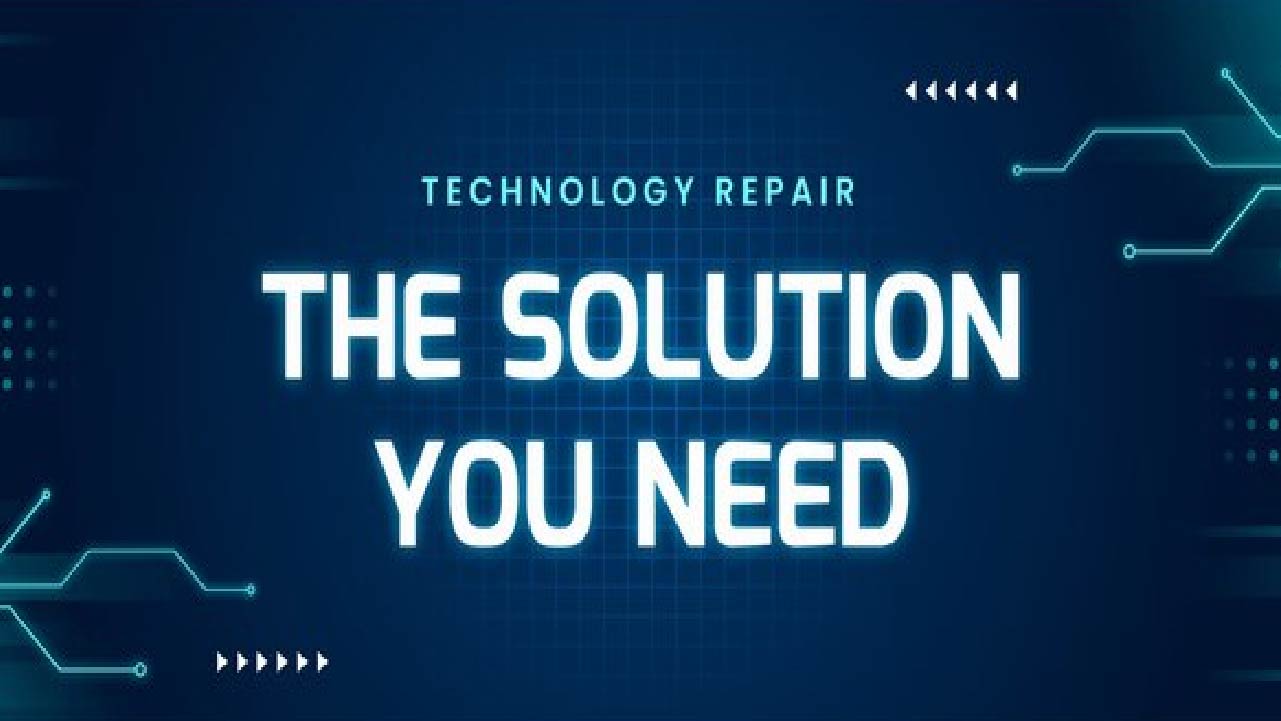In today’s rapidly evolving world, the role of Information Technology (IT) in sustainable development has become increasingly significant.
As nations and organizations strive to address pressing environmental and social challenges, IT has emerged as a pivotal tool for enabling sustainability initiatives.
From improving operational efficiency to facilitating innovative solutions, IT plays a crucial role in driving sustainable development.
This article seeks to explore the multifaceted impact of IT on sustainable development, shedding light on the opportunities and challenges that accompany its integration into diverse sectors and industries.
IT in Resource Management
In resource management, IT plays a crucial role in streamlining processes, improving efficiency, and ensuring accurate data analysis.
It helps in managing and optimizing resources through technological solutions such as asset tracking systems, inventory management software, and data analytics tools.
IT also enables better collaboration and communication among team members, leading to more effective resource allocation and utilization. Additionally, IT can support decision-making processes by providing real-time data and insights, ultimately contributing to improved resource management and organizational productivity.
IT in Sustainable Agriculture
IT plays a crucial role in sustainable agriculture by enabling precision farming, which optimizes resource use and minimizes environmental impact. With technology such as drones, sensors, and data analytics, IT helps farmers monitor crop health, soil conditions, and water usage more efficiently.
This allows for targeted interventions, reduced reliance on chemical inputs, and better overall management of resources.
IT also enables farmers to access and share knowledge about sustainable practices, market information, and weather forecasts, supporting informed decision-making. Furthermore, digital platforms facilitate direct communication with consumers, fostering transparency and trust.
Overall, IT empowers farmers to adopt more sustainable and efficient methods, leading to improved yields and reduced environmental footprint in agriculture.
IT in Environmental Protection
The role of information technology (IT) in environmental protection is vital. IT can be used to collect, analyze, and manage data related to environmental issues such as air and water quality, biodiversity, and climate change.
IT tools also help in forecasting and modeling environmental trends, enabling better planning and decision-making. Additionally, IT is crucial for communication and collaboration among scientists, policymakers, and the public, facilitating the sharing of knowledge and best practices.
Moreover, IT solutions can enhance monitoring and enforcement efforts, such as using remote sensing technology for tracking deforestation or monitoring pollution levels.
In sum, IT plays a significant role in building awareness, understanding, and addressing environmental challenges, making it an essential component of environmental protection efforts.
IT and Green Building
IT, or Information Technology, plays a crucial role in green building by enabling the monitoring, analysis, and optimization of building systems to reduce energy consumption and environmental impact.
IT systems such as Building Management Systems (BMS) and Energy Management Systems (EMS) provide real-time data on energy usage, allowing for proactive adjustments to improve efficiency. Additionally, IT supports the integration of renewable energy sources, smart grid technologies, and automated building controls to maximize energy savings.
It also facilitates the implementation of advanced analytics and modeling tools to design and simulate green building strategies. Overall, IT is essential in advancing sustainable practices within the construction and operation of green buildings.
IT in Sustainable Economic Development
The role of information technology (IT) in sustainable economic development is significant.
IT can enhance productivity, efficiency, and innovation, leading to economic growth while minimizing environmental impact. Through digital technologies, businesses can optimize resource utilization, reduce waste, and develop new sustainable products and services.
IT also enables better access to markets, education, and healthcare, fostering inclusive economic development. Additionally, digital platforms and e-commerce can help small businesses and entrepreneurs reach wider audiences and create new economic opportunities.
IT also plays a crucial role in monitoring and managing environmental impact, such as through data analytics for sustainable resource management. Overall, IT can enable a more sustainable and resilient economic development by fostering innovation, promoting efficiency, and ensuring equitable access to opportunities.
Challenges and Risks
One challenge in the role of IT in sustainable development is the rapid pace of technological advancement, which can result in the accumulation of electronic waste and the obsolescence of existing technology.
This can contribute to environmental degradation if not managed properly. Additionally, the energy consumption of IT infrastructure poses a risk to sustainable development if not powered by renewable sources Furthermore, ensuring equal access to IT resources for all communities is a challenge, as unequal distribution could exacerbate social and economic disparities.
Cybersecurity threats also pose a risk to the stability and integrity of systems that support sustainable development efforts.
To address these challenges and risks, it’s crucial to promote the use of eco-friendly IT practices, invest in renewable energy sources for IT infrastructure, promote digital inclusivity, and prioritize robust cybersecurity measures.
Outlook
The outlook for the role of information technology (IT) in sustainable development is promising. IT can play a crucial role in promoting sustainable practices across various industries through improved data collection, analysis, and communication.
Cloud computing, data analytics, and artificial intelligence can help businesses and organizations optimize resource use, reduce waste, and lower their environmental impact. Additionally, IT enables the implementation of smart systems for energy management, transportation, and urban planning, fostering more sustainable cities and communities.
The integration of IT in sustainable development efforts has the potential to drive innovation, improve efficiency, and create new opportunities for economic growth while addressing environmental and social challenges. As technology continues to advance, the role of IT in sustainable development is expected to grow, offering solutions to complex global issues.
Conclusion
In conclusion, it is evident that Information Technology (IT) holds immense potential to accelerate and support sustainable development efforts across the globe.
As we look towards the future, the integration of IT into sustainability strategies will continue to be a driving force for positive change. However, it is crucial for stakeholders to recognize the need for responsible and ethical implementation of IT solutions to ensure that they align with sustainable development goals.
By harnessing the power of IT in a thoughtful and strategic manner, we can pave the way for a more sustainable and equitable world for current and future generations.
Embracing technology as a partner in sustainable development endeavors will undoubtedly lead to a more efficient, interconnected, and environmentally conscious global community.

